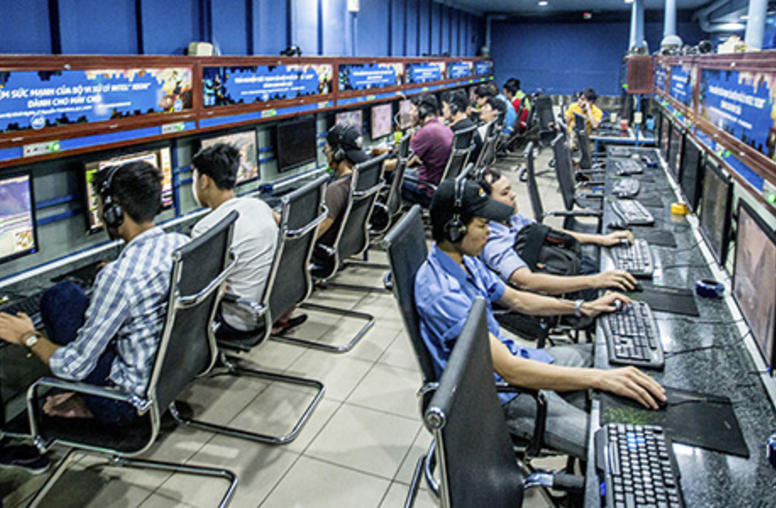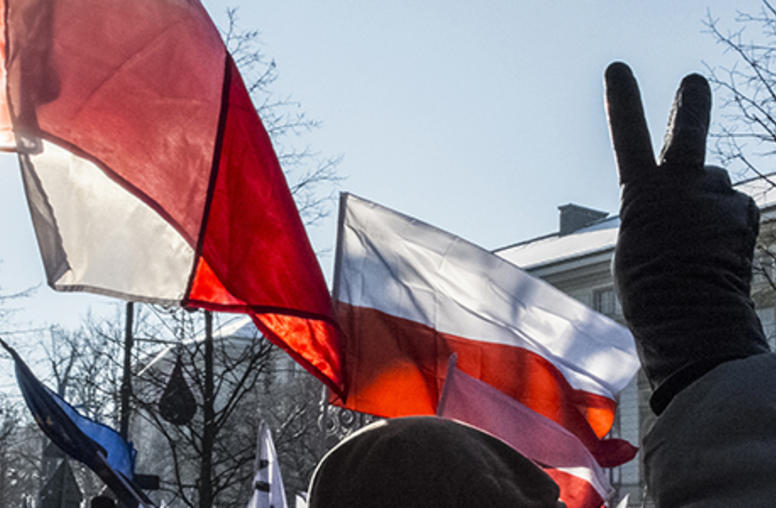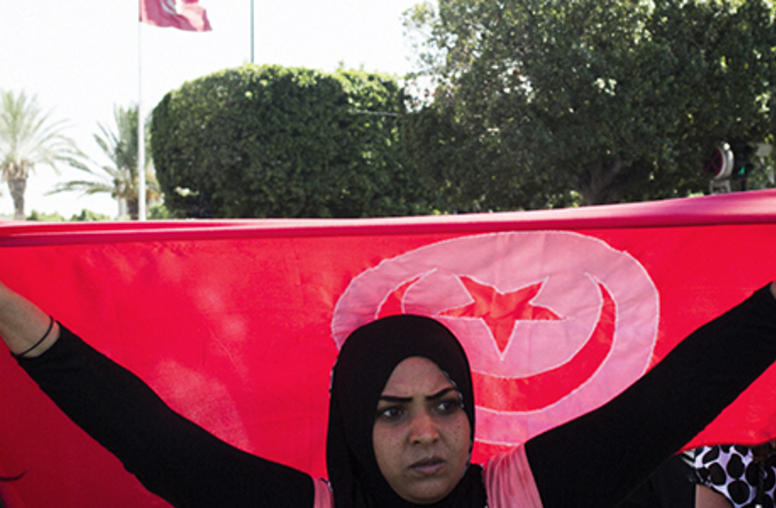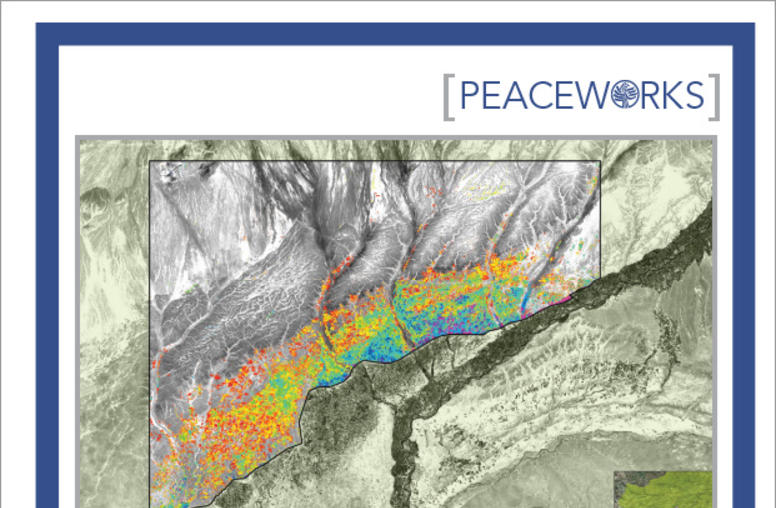Google, Facebook, Microsoft Eye Syria Social Media Data for Trends
Experts from technology companies, universities and advocacy groups examined the possibilities for analyzing social media information flows for trends during the war in Syria and beyond for potential techniques to track and maybe even prevent violent conflict in the future.

The intense role of social media such as Twitter, Facebook and YouTube in recording – and sometimes distorting -- the searing Syrian conflict is raising some mind-bending questions about whether and how data analysis could help sift the information deluge to find ground truth and even help predict conflict in the future.
USIP’s Center of Innovation in Science, Technology and Peacebuilding recently co-hosted the latest meeting of experts in its “Blogs & Bullets” initiative with Stanford University and George Washington University to study the implications with specialists from technology companies, educational institutions, advocacy groups and others. Representatives included experts from Google, Facebook, Microsoft, Bit.ly, the Electronic Frontier Foundation, and the U.S. government’s Pacific Northwest National Laboratory.
“Blogs & Bullets,” now in its fourth year, uses quantitative and analytical techniques to understand how new media can help or hinder conflict management. The idea is to provide guidance on policies and practices that could help prevent or mitigate violent conflict.
In the case of Syria, where traditional media are either unable or unwilling to enter the danger zones, online videos and social media have been given what might otherwise be outsized influence in documenting everything from early street protests to military offensives and atrocities. Assessing the accuracy of such reports in a systematic way has been extremely difficult.
The technology experts at the USIP meeting, held April 17 at Stanford in Palo Alto, California, discussed how “big data” analysis could be used to screen for credibility and authenticity in social media information flows.
One particular concern was consistent distortions that are arising as a result of the lack of controls in this information space. Extremist groups like Jabhat al Nusra, for example, have been particularly vocal in social media. This creates the risk that traditional media might get an inflated sense of the group’s effectiveness on the ground, when first-hand accounts tell us otherwise.
The bloodier social media reports also seem to be drowning out the more peaceful voices that sparked the uprising against authoritarian President Bashar al-Assad in the first place more than two years ago. Anti-Assad voices, in turn, have added to the polarization, eliminating much of a middle ground in the public conversation.
Tools like Storyful and Checkdesk have been used to try to verify social media reports on Syria through crowdsourcing, including for traditional journalists, but such efforts have been spotty and used inconsistently.
Academic research has employed methods like analyzing tweets to identify right-wing extremist groups or using YouTube videos to track connections between various Syrian opposition groups. The Pacific Northwest National Laboratory, which conducts research in fields including information analysis and cyber-security, is among the institutions working to develop techniques for aggregating and analyzing large sets of data from social media.
But the “holy grail” of the field, creating reliable models that can predict conflict dynamics, remains elusive. Tools like Google’s “Flu Trends,” which tracks Google searches for flu medications to try to predict outbreaks, might be less successful when trying to forecast behavior rather than physical health. How do you track the spread of ideas and how they influence human behavior and lead to violence, for example? Projects like Global Data on Events, Location, and Tone (GDELT) are trying to do just that, sifting through media reports to create a collection of nearly a quarter of a billion events, all aimed at improving our ability to predict conflict.
Data analysis also has to be done in context. That means taking into account complex narratives and motivations that fuel the conflict.
And then there are the practical considerations – the shortage of data-crunching infrastructure among academics who could conduct this kind of research, and the issues of data security in the process.
So big questions remain on the role social media are playing in the Syrian conflict and how the emerging information and patterns can be analyzed to generate the most accurate picture of what’s going on – and ultimately to help predict or prevent outbreaks of violence in the future.
Viola Gienger is a senior writer at USIP. Anand Varghese is a Senior Program Specialist in USIP’s Center of Innovation in Science, Technology and Peacebuilding.



